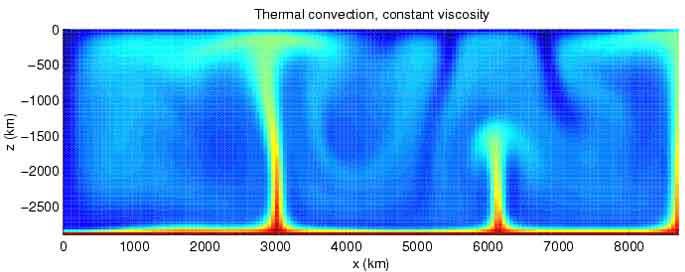Heat Transfer Analysis-a Quick Synopsis
Posted by: Mehul Patel | Posted on: February 25th, 2013
CFD is one of the streams of fluid mechanics that involves use of numerical methods as well as algorithms for deriving solution as well as detail analysis of assorted problems that involve fluid flows: heat transfer process is one of the allied processes of fluid flow method. The Heat Transfer project is considered to analyze the temperature allocation in static and transient heat transfer processes. The Heat Transfer module can be used to design and analyze many different electrical and mechanical systems. When heat transfer simulation is used for analysis of the efficiency of an instrument/component/system/internal condition of a machine, it is called heat transfer analysis.

The features of Heat Transfer Analysis via Heat Transfer Module
A heat transfer modeling provides a user an opportunity to recognize temperature allocation and energy flow via a structure. The results are often found based on thermal conductivity of the said material and on the applied loads which define the function of heat generations and losses at particular locations. Recurrently, users need to take the temperature allocation calculated by a specific heat transfer solution and measure thermal expansion as well as contraction. This heat transfer calculations is done by performing the process of linear static analysis. The temperatures applied for calculation of the thermal strain can be produced by a model solution heat transfer analysis. The salient features of this analytic process are:
- Steady-state or passing formulation with random initial field allocation, non-linear specific heat and flexi time parameters
- Nonlinear properties
- Distributed and strenuous heat sources
- Heat sources as the function of temperature
- Heat sources created by losses of electric power
- heat fluxes and boundary temperature
- Boundary conditions with convective terms
- Heat transfer analysis result can be used for thermal stress analysis for both steady-state and temporary cases.
Advantages of Heat Transfer Analysis Process
- Applicable to planar, axisymmetric and 3-D problems
- Forecast problems with linear, steady-state heat conduction with prearranged temperature, flux and convective boundary conditions.
- Radiation and temperature reliant material properties
- A thermo-elastic problem may get initiated by stimulation of a Heat Transfer Analysis temperature distribution to the same mesh in elasticity as a thermal load.
Industrial Uses of Hear Transfer Analysis
Heat transfer analysis is used in several industries. Some of the prime uses of this analysis are
- Cooling Analysis
- Hot Gas Flow Analysis, Gases heating up structures (Conjugate Analysis)
- Heat Exchanger Analysis
- Latent Heat, Phase Change Materials
- LED Lamp Test, Electronics
- Burners
- Hot Spot Analysis, Heat Sink Analysis
ANSYS is one of the most popular Heat transfer analysis software and three types of heat transfer processes like conduction, radiation, and convection gets accommodated in its analytical territory for procuring realistic and authentic result and solution of problems.
(Image Source: bangkokpost.com)

About Author: Mehul Patel specializes in handling CFD projects for Automobile, Aerospace, Oil and Gas and building HVAC sectors. He works as a CFD consultant with Hi-Tech CFD for the past 5 years and has successfully executed numerous CFD projects of high complexities. He is an expert in turbo-machinery, gas dynamics, Combustion, Fluid Dynamics, multiphase flow analysis, computational fluid dynamics etc.
